Aug . 19, 2025 00:20 Back to list
Wooden Tricycles for Kids: Classic Design & Durable Fun
Industry Trends and Market Dynamics in Children's Mobility Solutions
The global market for children's outdoor and recreational products is experiencing significant transformation, driven by a convergence of parental preferences for sustainable materials, increasing awareness of early childhood development, and a growing demand for durable, aesthetically pleasing toys. Within this dynamic landscape, the wooden tricycle for kids stands out as a product embodying these modern trends. Parents are increasingly prioritizing eco-friendly and non-toxic alternatives to plastic, fostering a demand for products crafted from natural, renewable resources. This shift is not merely superficial; it reflects a deeper understanding of the environmental impact of consumer goods and a desire to provide children with a healthier play environment. Furthermore, the emphasis on open-ended play and products that encourage gross motor skill development, balance, and coordination has fueled the resurgence of classic designs, reinterpreted with contemporary safety standards and manufacturing precision. Manufacturers specializing in wholesale kids tricycle solutions are observing a robust uptake in wooden models, indicative of this broader market shift. The appeal extends to collectors and enthusiasts seeking vintage kids tricycle aesthetics, which the wooden construction inherently offers, often echoing the charm of a vintage zenith kids tricycle or a vintage gold kids tricycle, but with modern engineering. This segment's growth is also supported by an expanding understanding among educators and child development specialists of how tactile, natural materials contribute positively to sensory exploration and cognitive development, making wooden toys a preferred choice for childcare centers and educational institutions. The sustained demand for high-quality, long-lasting children’s products also influences purchasing decisions, with wooden tricycles often boasting superior durability compared to their plastic counterparts, ensuring they can be passed down through generations.
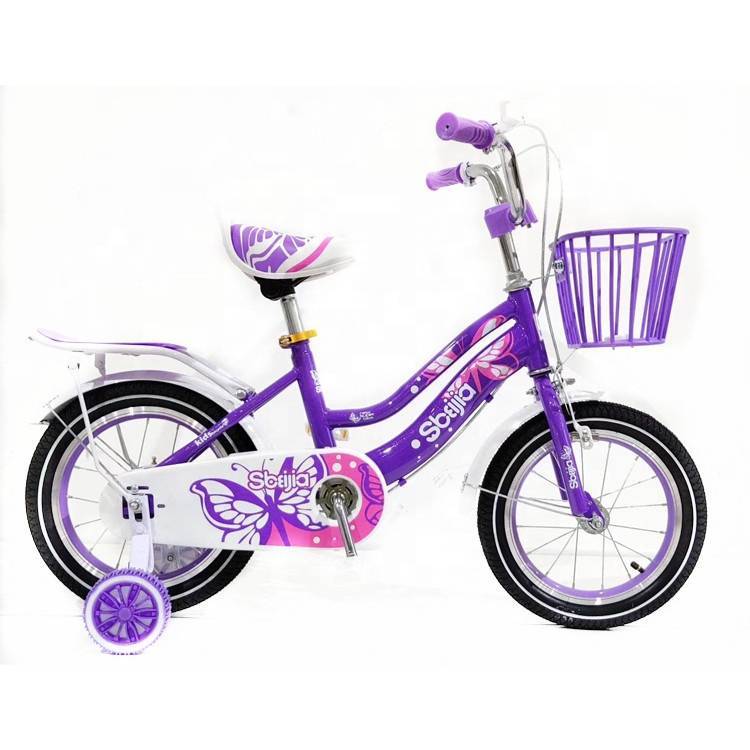
Precision Craftsmanship: The Manufacturing Process of Wooden Tricycles
The production of a premium wooden tricycle for kids involves a meticulous multi-stage manufacturing process, emphasizing both structural integrity and child safety. This journey typically begins with the careful selection of sustainable, high-grade timber, such as responsibly sourced Baltic Birch plywood or solid maple. These materials are chosen for their exceptional strength-to-weight ratio, splinter resistance, and natural aesthetic appeal. The initial phase, much like precision engineering in industrial sectors, involves advanced CNC (Computer Numerical Control) machining. This technology ensures precise cutting of components, from the main frame elements to the smaller intricate parts like handlebars and wheels, achieving tolerances often measured in micrometers. CNC processing minimizes material waste and guarantees perfect interlocking components, crucial for stable assembly. Following cutting, components undergo extensive sanding and finishing. This critical step ensures all surfaces are incredibly smooth, eliminating splinters and rough edges, which is paramount for a child's safety. Non-toxic, lead-free, and water-based paints or lacquers, compliant with international toy safety standards like EN 71 and ASTM F963, are then applied, providing durability and vibrant finishes without compromising health. Assembly often involves robust joinery techniques, such as mortise and tenon or secure dowel pins, reinforced with eco-friendly, non-toxic adhesives and concealed hardware to prevent pinching hazards. Every batch undergoes stringent quality control, including impact resistance tests, load-bearing capacity assessments, and chemical composition analysis of finishes to ensure compliance with global safety protocols like CPSIA. The expected usage life of a well-constructed wooden tricycle for kids is typically 5-10 years, significantly longer than many plastic alternatives, showcasing its superior durability. While specific to the toy industry, this rigorous process echoes the precision and reliability found in sectors like specialized equipment manufacturing, where material integrity and performance are non-negotiable. For instance, just as a corrosion-resistant alloy is critical in petrochemical applications, the use of naturally durable wood and non-toxic finishes is vital for a children's product that emphasizes longevity and safety.


Technical Specifications and Performance Parameters
Understanding the technical parameters of a wooden tricycle for kids is crucial for B2B buyers seeking to make informed procurement decisions, ensuring alignment with safety regulations, target age groups, and operational durability. These specifications define the performance envelope and suitability for various commercial applications, from retail to childcare facilities. Key parameters include overall dimensions, weight capacity, recommended age range, material composition, and specific certifications. The chassis design often employs a low center of gravity to enhance stability, reducing the risk of tipping, a critical safety feature for toddlers. Wheel construction typically involves solid rubber tires or durable EVA foam, offering quiet operation and suitable traction on various indoor and outdoor surfaces without marking floors. Handlebar grip diameters are ergonomically designed for small hands, promoting a secure hold and ease of steering. For models designed for multiple users, such as a two seats kids tricycle or a two seater tricycle for kids, specific attention is paid to increased chassis rigidity and reinforced axles to accommodate greater loads. This detailed technical consideration ensures that the product meets or exceeds expectations for both performance and longevity, similar to how industrial equipment is specified for particular operating environments. Below is a detailed table summarizing typical technical specifications for a high-quality wooden tricycle.
| Parameter | Specification | Standard/Certification Compliance |
|---|---|---|
| Recommended Age Range | 18 Months to 4 Years | EN 71, ASTM F963 |
| Max Load Capacity | Up to 25 kg (55 lbs) | EN 71-1: Mechanical and Physical Properties |
| Dimensions (L x W x H) | ~55 cm x 30 cm x 40 cm (21.7" x 11.8" x 15.7") | Ergonomic Design Standards |
| Product Net Weight | ~3.5 kg (7.7 lbs) | Portability & Maneuverability Standards |
| Main Material | FSC Certified Birch Plywood / Solid Maple | FSC Certification, ISO 9001 (Supplier) |
| Wheel Material | EVA Foam with Wood Core | EN 71-1, Non-Phthalate Compliance |
| Surface Finish | Non-toxic, Water-based Paint/Lacquer | CPSIA, EN 71-3: Migration of Certain Elements |
| Assembly Required | Minimal, Tool-Free / Simple Wrench (included) | User-Friendly Design, IEC 60335-2-84 (relevance to toy safety) |
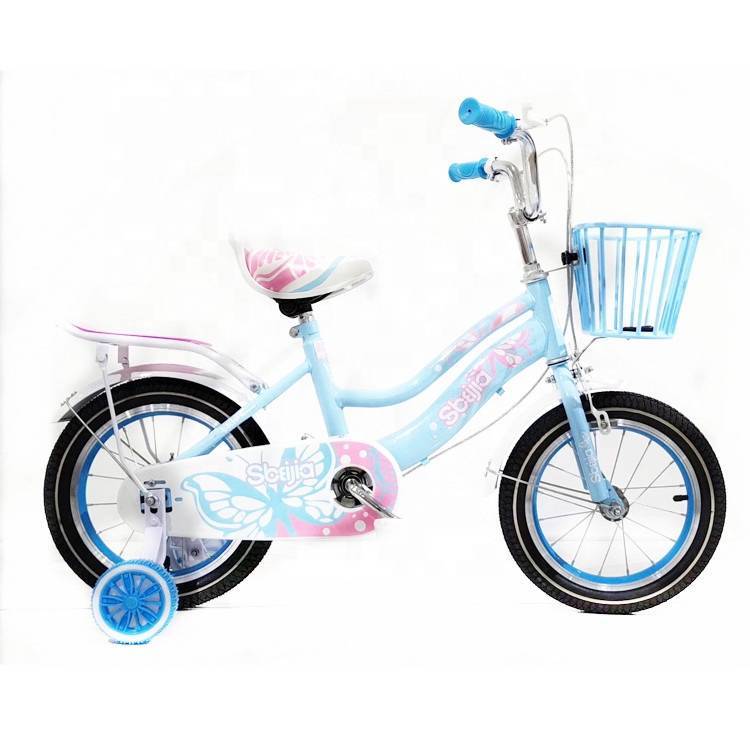
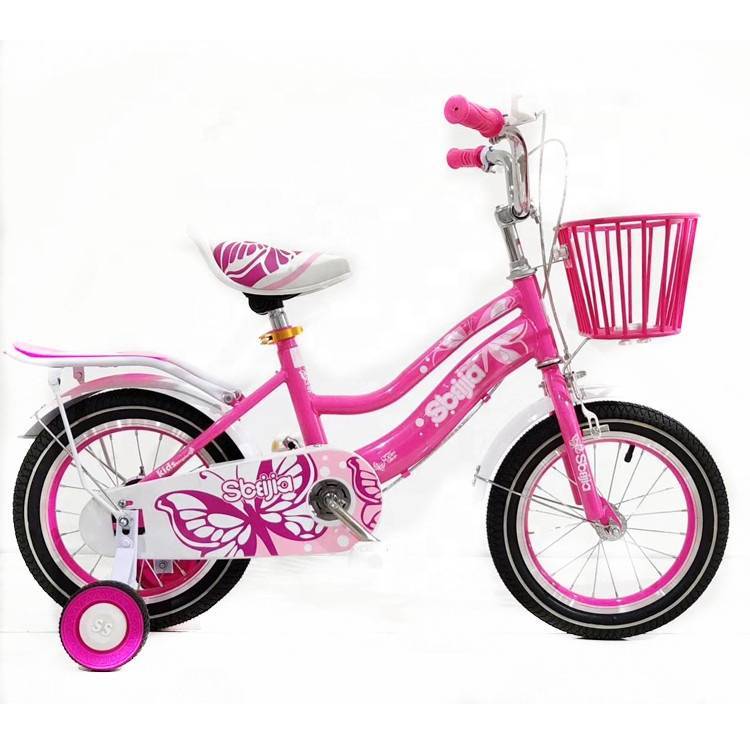
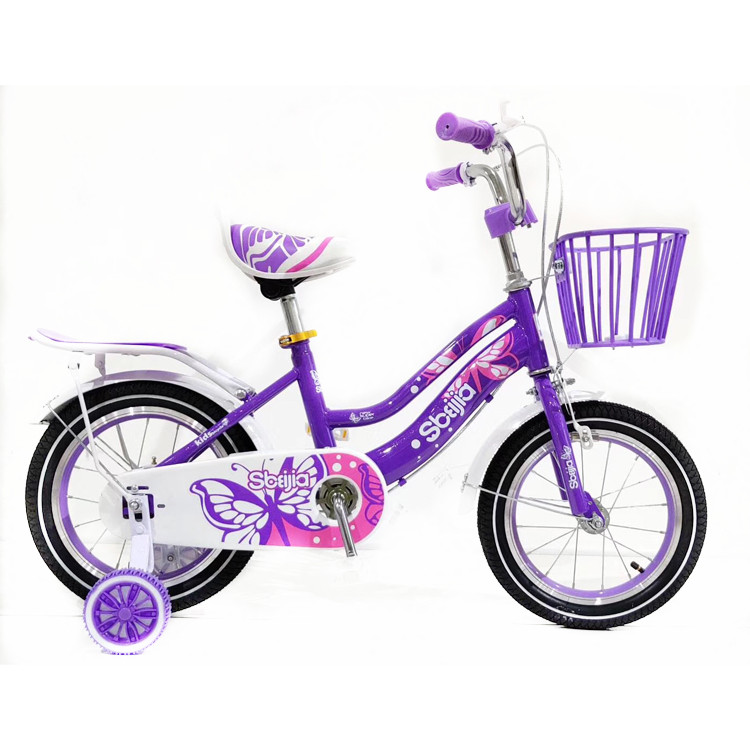
Versatile Application Scenarios and Developmental Advantages
The robust design and inherent safety features of a wooden tricycle for kids make it exceptionally versatile, suitable for a myriad of application scenarios across various B2B segments. In early learning centers and preschools, these tricycles serve as foundational tools for gross motor skill development, helping children refine balance, coordination, and spatial awareness. Their durable construction withstands the rigorous demands of group play, ensuring longevity and a positive return on investment for educational institutions. Retailers specializing in high-end children's products and sustainable toys find wooden tricycles to be a compelling offering, appealing to eco-conscious parents and those seeking timeless, non-plastic alternatives. The aesthetic appeal, often reminiscent of a vintage kids tricycle, also resonates strongly with consumers looking for products with character and heritage. Furthermore, in pediatric therapy clinics, specifically those focusing on occupational or physical therapy for young children, the wooden tricycle provides a stable and engaging platform for therapeutic exercises. Its design allows therapists to easily guide children in developing leg strength, core stability, and reciprocal movement patterns in a playful, motivating manner. Beyond institutional settings, these tricycles are increasingly popular for residential wholesale distribution, catering to families in urban and suburban environments. Their quiet wheels are ideal for indoor use, minimizing noise disruption, while their sturdy build handles light outdoor terrains effectively. A notable advantage is their contribution to developmental milestones: encouraging independence as children learn to propel themselves, fostering problem-solving skills as they navigate obstacles, and enhancing social interaction when used in a group setting. Models like the two seater tricycle for kids are particularly beneficial in promoting cooperative play and peer interaction, allowing siblings or friends to ride together, thereby strengthening social bonds. Unlike highly specialized industrial equipment, which may be limited to one sector (e.g., petrochemical for specific valve types), the wooden tricycle for kids offers broad applicability due to its fundamental developmental benefits and inherent safety, ensuring high utility across diverse B2B client bases. This broad utility underscores its value proposition in the children's product market.
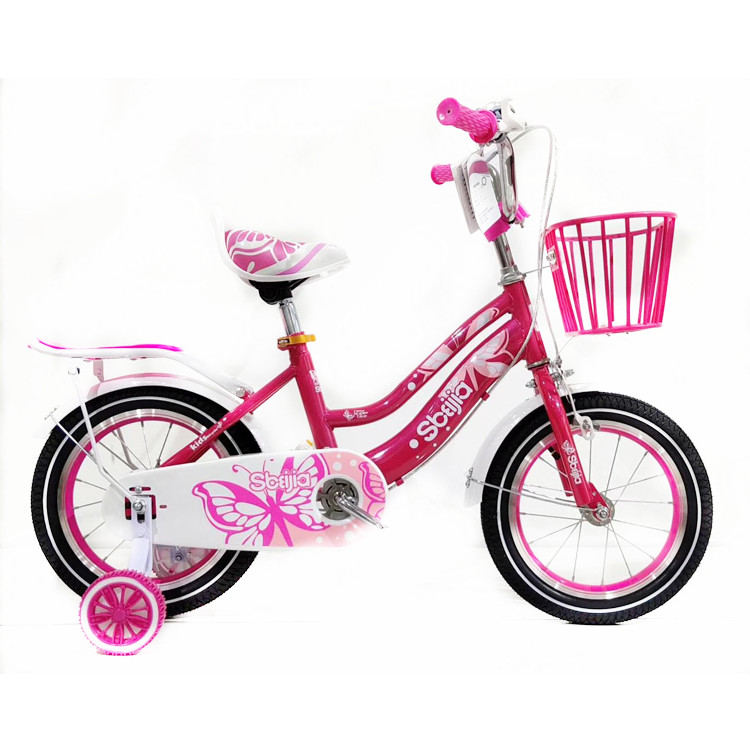
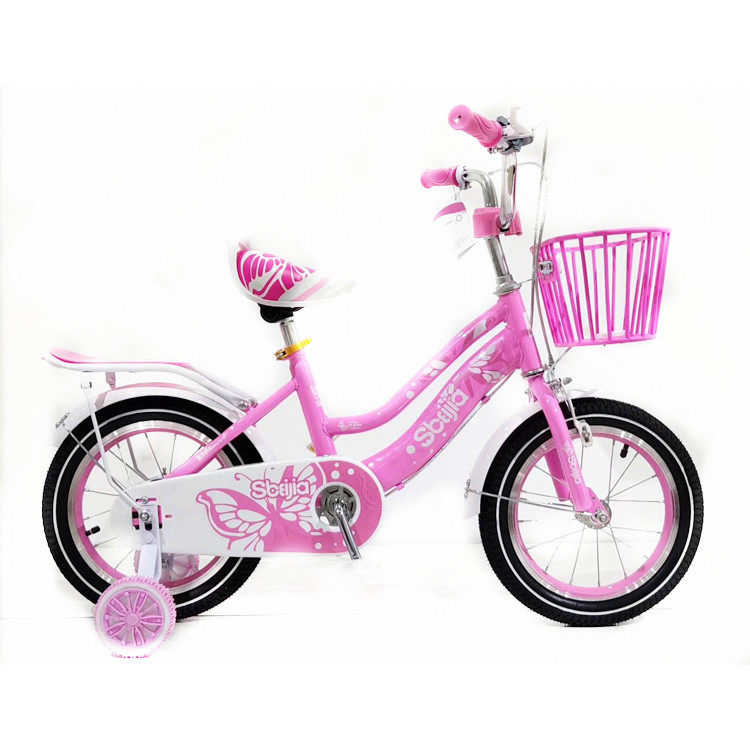
Comparative Analysis: Wooden Tricycles vs. Traditional Alternatives
In the competitive landscape of children's mobility devices, a detailed comparison between the wooden tricycle for kids and its common alternatives, such as plastic or metal tricycles, reveals distinct advantages that position wooden models favorably for discerning B2B buyers. While plastic tricycles often boast lower initial costs and a wider array of colors, they frequently fall short in durability, material sustainability, and tactile quality. Plastic models are prone to cracking, fading, and become brittle over time, leading to a shorter product lifecycle and increased waste. Metal tricycles, while durable, can be heavier, prone to rust if not properly maintained, and may present colder, less inviting aesthetics. In contrast, wooden tricycles offer unparalleled longevity due to the inherent strength of well-engineered wood. They are resistant to environmental degradation (such as UV radiation which degrades plastics), and their natural appeal integrates seamlessly into diverse indoor and outdoor play environments. The choice of wood also signifies a commitment to environmental responsibility, particularly when sourced from FSC-certified forests, addressing the growing consumer demand for sustainable products. Furthermore, the tactile experience of wood fosters a richer sensory interaction for children, contributing to their developmental growth by offering varying textures and a natural warmth absent in synthetic materials. For institutional buyers, the reduced noise profile of wooden tricycles, often equipped with quiet rubber or EVA wheels, is a significant operational advantage in classrooms and childcare settings. Models like the two seat tricycle kids also highlight design flexibility, allowing for robust multi-user configurations that maintain stability and safety. The perceived value and artisanal quality of wooden tricycles also command a higher market position, appealing to premium segments and enhancing brand perception for retailers. This aligns with a broader industry trend where high-quality, sustainable goods, even in seemingly simple categories, offer long-term value and align with contemporary ethical consumption patterns. The table below further illustrates these comparative attributes.
| Feature | Wooden Tricycle | Plastic Tricycle | Metal Tricycle |
|---|---|---|---|
| Material Sustainability | High (Renewable, Biodegradable) | Low (Petroleum-based, Non-biodegradable) | Medium (Recyclable, Resource-intensive) |
| Durability & Longevity | Excellent (Resistant to wear & tear) | Fair (Prone to cracking, fading) | Good (Potential for rust if not coated) |
| Safety (Splinters, Sharp Edges) | Very High (Smooth finish, no sharp edges) | High (May have mold lines, potential for sharp breaks) | High (Potential for pinch points, heavier impact) |
| Aesthetic Appeal | Superior (Natural, Timeless, Premium) | Variable (Often mass-produced look) | Functional (Industrial, often less inviting) |
| Sensory Experience | Rich (Tactile, Natural warmth) | Limited (Uniform, often cold) | Limited (Cold, metallic) |
| Noise Level | Low (Quiet operation with rubber wheels) | Medium to High (Plastic wheels can be noisy) | Medium (Metal parts can rattle) |
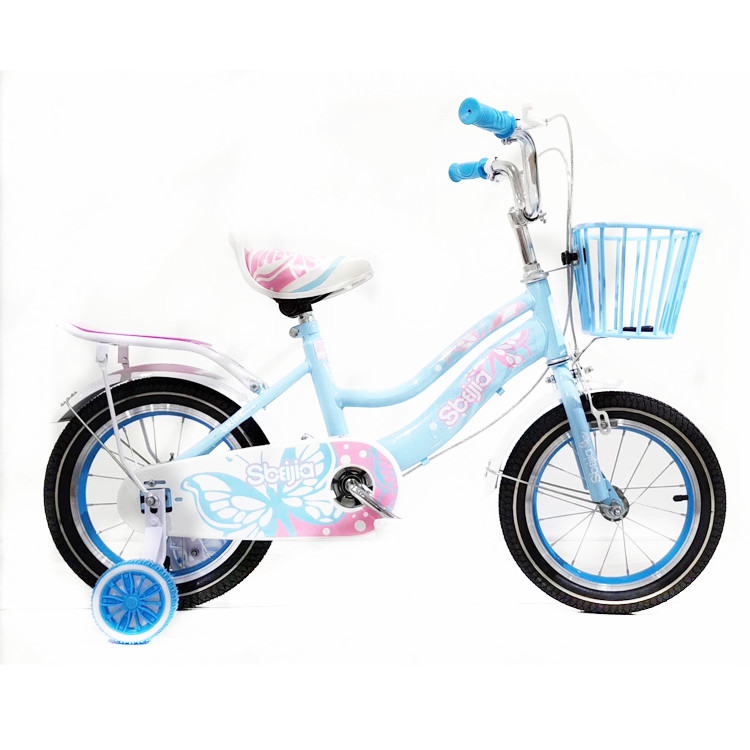

Customization Solutions and OEM/ODM Capabilities
Recognizing the diverse needs of the B2B market, leading manufacturers of wooden tricycle for kids offer comprehensive customization (OEM/ODM) solutions designed to meet specific brand requirements, market trends, and regulatory mandates. This adaptability is critical for retailers seeking to differentiate their product lines, for educational suppliers requiring specific pedagogical features, or for corporate clients looking for unique branded merchandise. Customization can encompass a wide range of parameters, from material sourcing (e.g., specific wood types like European beech or American maple for distinct properties or regional preference) and bespoke dimensions to unique color palettes and custom branding. For example, a client might require a bulk order of wholesale kids tricycle units in a particular Pantone color scheme to align with their corporate identity, or with specific engravings or screen-printed logos. Furthermore, design modifications, such as integrating different wheel types for varying terrains, adjusting seat heights for specific age groups, or even developing innovative features like detachable push handles for parental assistance, are regularly accommodated. Manufacturers with robust OEM/ODM capabilities possess the engineering expertise and production flexibility to transition from conceptual sketches to full-scale production runs, maintaining strict quality control at every stage. This includes developing prototypes for client approval, conducting rigorous pre-production testing to ensure compliance with relevant safety standards (e.g., CE, ASTM F963), and optimizing manufacturing processes for cost-efficiency without compromising product integrity. For highly specialized requests, such as a two seats kids tricycle with specific ergonomic adaptations for children with special needs, detailed engineering consultations are provided. Our extensive experience in manufacturing and our long-standing collaborations with global brands underscore our authoritative position in delivering tailor-made solutions. We understand that each B2B client has unique market positioning goals, whether it’s replicating the charm of a vintage gold kids tricycle or pioneering a minimalist modern design. This client-centric approach ensures that the final product not only meets functional requirements but also aligns perfectly with market strategies and brand values.
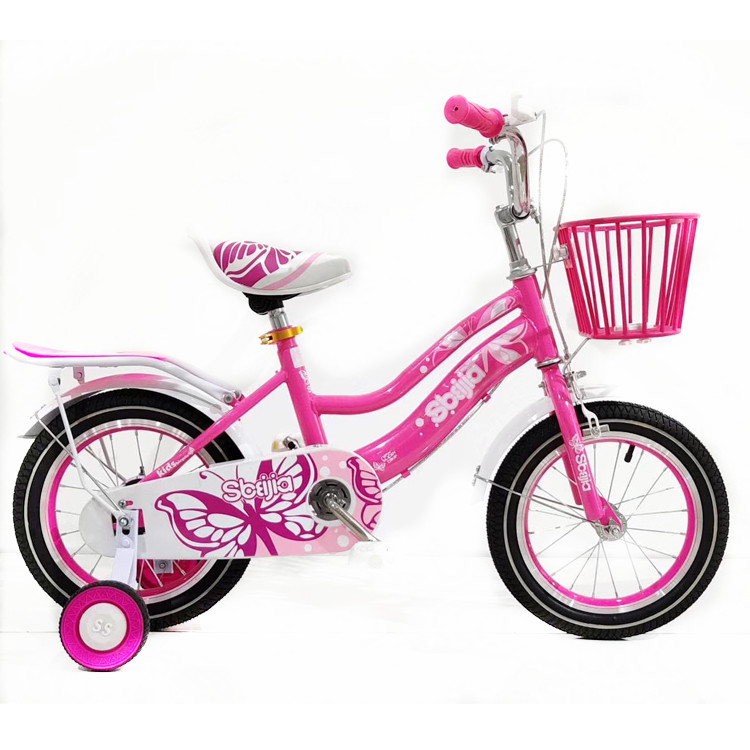
Real-World Application Cases and Customer Success Stories
The proven performance and enduring appeal of the wooden tricycle for kids are best exemplified through its successful implementation across a diverse range of B2B applications. For instance, a prominent chain of Montessori schools across North America recently integrated over 500 units of our wooden tricycles into their outdoor play areas. Their objective was to replace aging plastic models with more sustainable, durable, and aesthetically harmonious equipment that aligned with their pedagogical philosophy of natural materials and child-led exploration. After an initial pilot program, the feedback highlighted the exceptional durability of the tricycles, which withstood daily rigorous use from multiple children, and the positive impact on children's gross motor skills. The schools noted a significant reduction in maintenance issues compared to previous plastic versions, leading to a substantial decrease in replacement costs over a three-year period. This directly translates to cost-efficiency and operational longevity, key metrics for institutional buyers. Another compelling case involved a large European online retailer specializing in eco-friendly baby and children's products. Seeking to expand their premium offering, they partnered with us for a custom-designed line of vintage kids tricycle models, blending classic design elements with modern safety features. The launch was met with enthusiastic customer reception, with sales exceeding initial projections by 40% in the first six months. Customer reviews consistently praised the product's superior build quality, environmental credentials, and aesthetic charm, often noting its appeal as a cherished heirloom. This success story underscores the strong market demand for high-quality, sustainably produced wooden toys and the competitive advantage gained by offering such premium products. Additionally, a specialized childcare facility focusing on inclusive play adopted our two seater tricycle for kids to promote social interaction and cooperative play among children of varying developmental stages. The facility reported enhanced peer engagement and greater inclusivity, demonstrating the product’s adaptability and positive impact on social development. These real-world applications underscore the robust performance, longevity, and positive user experience delivered by high-quality wooden tricycles, reinforcing their value proposition for a wide array of commercial clients.
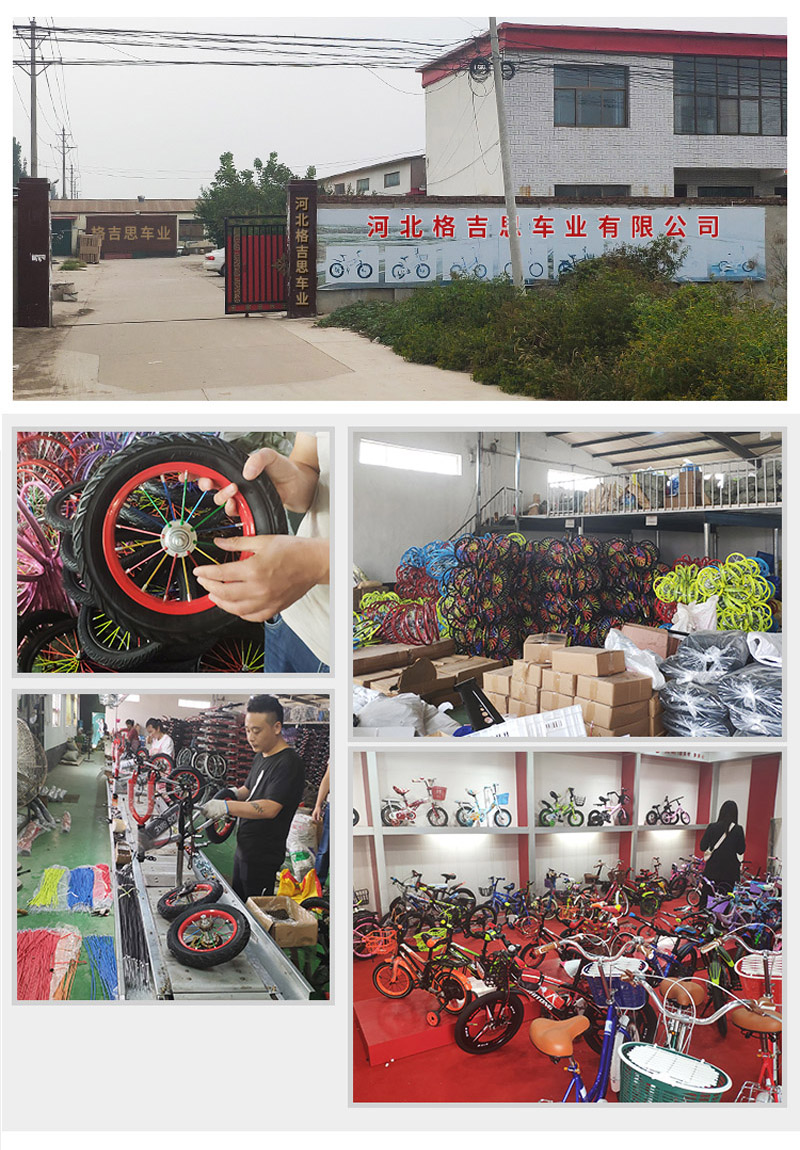
Ensuring Quality: Certifications, Testing, and Product Lifetime
The commitment to quality and safety is paramount in the production of every wooden tricycle for kids, driven by rigorous adherence to international standards and internal quality assurance protocols. Our manufacturing processes are ISO 9001 certified, ensuring consistent quality management from material procurement to final product inspection. Crucially, all products comply with major global toy safety standards, including EN 71 (European Standard for Toy Safety) and ASTM F963 (American Standard for Toy Safety), as well as CPSIA (Consumer Product Safety Improvement Act) regulations in the United States. These certifications are not merely checkboxes; they represent a comprehensive testing regimen that includes mechanical and physical properties (e.g., preventing entrapment hazards, ensuring structural integrity under stress), flammability, and the migration of certain elements (ensuring non-toxic paints and finishes). For the wood itself, we prioritize sourcing from FSC (Forest Stewardship Council) certified forests, guaranteeing that the timber used comes from responsibly managed sources that provide environmental, social, and economic benefits. Beyond statutory compliance, our products undergo extensive internal testing, including accelerated lifecycle testing that simulates years of use to validate durability and structural integrity. This includes repetitive stress tests on joints, wheel endurance tests, and surface finish abrasion resistance. Our experience spanning over a decade in the children's product industry, coupled with collaborations with renowned material science laboratories, underpins our authoritative expertise in product design and manufacturing. This meticulous attention to detail and adherence to global benchmarks ensures that each wholesale kids tricycle, whether a standard model or a specialized two seater kids tricycle, meets the highest benchmarks for safety, durability, and performance. The effective lifecycle of our wooden tricycles typically ranges from 5 to 10 years, a testament to their robust construction and quality materials, providing exceptional long-term value and significantly reducing the total cost of ownership for B2B clients by minimizing replacement frequency. This extended lifespan contributes to sustainability efforts by reducing waste, aligning with environmental responsibility goals.


Commitment to Trust: FAQs, Delivery, and Warranty
Building and maintaining trust with our B2B partners is fundamental to our operations. This is reflected in our transparent policies regarding product information, delivery, and post-sales support. We understand that for commercial buyers, clarity on these aspects significantly impacts procurement decisions and operational planning. Below are answers to frequently asked questions that address common concerns for partners interested in procuring a wooden tricycle for kids:
Frequently Asked Questions (FAQs)
-
Q: What is the typical lead time for a bulk order of wholesale kids tricycle units?
A: Standard lead times for bulk orders typically range from 4-6 weeks, depending on order volume and customization requirements. For rush orders or specific project deadlines, we encourage direct communication with our sales team for an expedited assessment. -
Q: Are your wooden tricycles suitable for outdoor use in all climates?
A: Our wooden tricycle for kids models are designed for robust indoor and light outdoor use. While the finishes are weather-resistant, prolonged exposure to extreme moisture or direct sunlight is not recommended to preserve the wood's integrity and extend product lifespan. Proper storage in dry conditions is advised, much like how industrial machinery is protected from elements. -
Q: What kind of assembly is required for the tricycles?
A: Most of our tricycles are designed for minimal and intuitive assembly, often requiring no more than 10-15 minutes using basic tools, which are usually included. Detailed, clear instructions are provided to ensure a seamless setup experience for commercial clients, resembling the ease of setup for many modern IT components. -
Q: Can we order samples for evaluation before placing a large wholesale order?
A: Yes, we facilitate sample orders for qualified B2B clients to ensure product satisfaction and quality assessment prior to bulk procurement. Please contact our sales department to discuss your specific sample requirements.
Delivery Cycle: Our logistical framework is optimized for efficient global distribution. Upon order confirmation and payment, the production phase begins, followed by comprehensive quality control. Depending on destination and shipping method (sea freight, air cargo), delivery typically ranges from 2-8 weeks post-production. We provide detailed tracking and proactive communication throughout the shipping process to keep clients informed, minimizing uncertainty often associated with large international shipments.
Quality Assurance & Warranty: We stand behind the superior quality and craftsmanship of our products. Each wooden tricycle for kids comes with a standard 2-year manufacturer's warranty against defects in materials and workmanship. This warranty underscores our confidence in the product's durability and our commitment to client satisfaction, reflecting the long-term reliability expected in any B2B transaction, similar to guarantees on high-performance industrial components. Our dedicated customer support team is available to assist with any queries or issues, ensuring a seamless experience from inquiry to post-delivery support.




Conclusion and Forward Outlook
The strategic adoption of a high-quality wooden tricycle for kids into a B2B product portfolio represents a forward-thinking decision, aligning with evolving market demands for sustainable, durable, and developmentally beneficial children's products. As outlined, these tricycles excel across critical metrics including material integrity, manufacturing precision, safety compliance, and multifaceted application scenarios. From fostering essential motor skills in early childhood education settings to serving as premium retail offerings that capture the charm of a vintage zenith kids tricycle, their versatility and intrinsic value are undeniable. The rigorous manufacturing processes, including advanced CNC machining and adherence to global safety standards such as EN 71 and ASTM F963, underscore their technical superiority and longevity. Furthermore, the robust OEM/ODM capabilities available ensure that bespoke requirements, whether for a specific brand aesthetic or the functionality of a two seats kids tricycle, can be met with engineering excellence and creative adaptability. The future outlook for wooden children's products, especially mobility aids like tricycles, remains robust. Increased parental awareness about environmental impact, the desire for non-toxic play environments, and a growing appreciation for craftsmanship over disposable goods will continue to drive demand. For B2B partners, investing in these products translates into offering a superior value proposition to their end-consumers: a product that is safe, promotes healthy development, is environmentally responsible, and boasts an impressive lifespan. Our unwavering commitment to quality, backed by comprehensive warranties and responsive customer support, ensures a trustworthy partnership for long-term success. By integrating these high-performance, aesthetically pleasing, and sustainable wooden tricycles, businesses can not only meet but exceed contemporary consumer expectations, solidifying their market position as providers of premium, responsible children's mobility solutions.
References
- ISO 9001:2015 Quality Management Systems – Requirements. International Organization for Standardization.
- EN 71: Safety of Toys, Parts 1-3. European Committee for Standardization.
- ASTM F963-17: Standard Consumer Safety Specification for Toy Safety. ASTM International.
- Consumer Product Safety Improvement Act (CPSIA). U.S. Consumer Product Safety Commission.
- Forest Stewardship Council (FSC) Principles and Criteria for Forest Stewardship.
- "The Benefits of Wooden Toys for Child Development." Journal of Early Childhood Education.
- "Sustainability in the Toy Industry: A Market Analysis." Global Market Insights Report.
-
The Essential Guide to 16 Inch Child's Bikes – Safety, Specs & Trends
NewsNov.24,2025
-
Kids Road Bike 24 – Lightweight, Safe, and Perfect for Young Cyclists
NewsNov.23,2025
-
Discover Safe and Fun Children's Bikes 14 Inch | Durable Kids' Bikes Reviewed
NewsNov.22,2025
-
Discover the Perfect Little Girl 16 Inch Bike – Safety, Style & Performance
NewsNov.22,2025
-
The Ultimate Guide to 12 Kids Bicycles – Safety, Trends & Top Picks
NewsNov.21,2025
-
14 Inch Children’s Bikes: A Guide to Safety, Durability & Global Impact
NewsNov.20,2025
